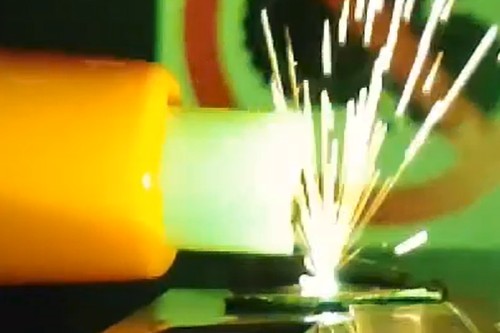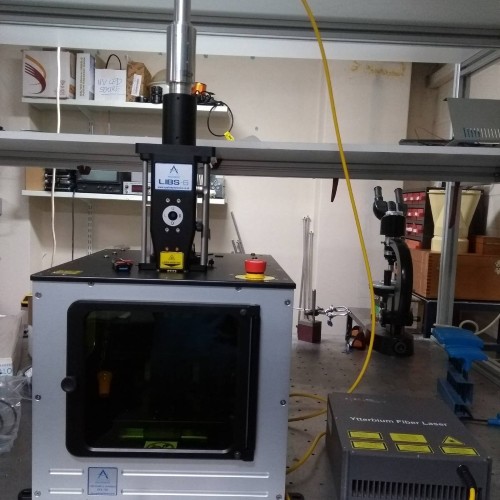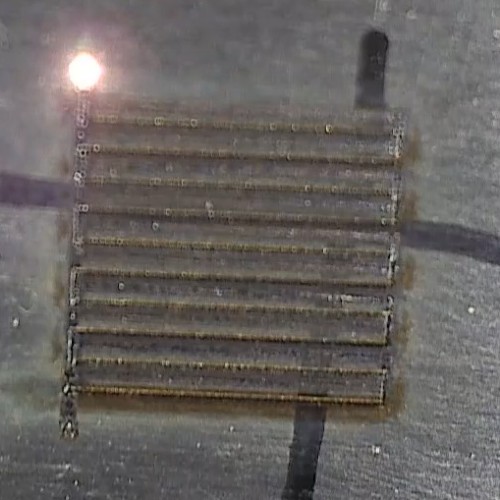Many of the most pressing and complex decommissioning challenges at UK nuclear sites concern the decontamination of radiologically contaminated surfaces, with numerous methods having been considered to address this. Laser cleaning has emerged as a promising candidate for use across the UK NDA (Nuclear Decommissioning Authority) Estate, as well as the international nuclear industry, to rapidly decontaminate surface-fixed radioactive materials.
Compared to more common nuclear decontamination techniques, such as pressure washing and mechanical scabbling, laser cleaning is attractive because it can produce much smaller amounts of secondary solid and aqueous wastes than alternative physical and chemical methods. It can also be deployed remotely through a fibre optic or by a robot, thereby reducing the need for a human operator to enter a hazardous environment to operate a cleaning tool.
Improving these decontamination techniques will reduce the burden, risks and overheads of laser cleaning, leading to its broader international utilisation. It will be particularly applicable at the Fukushima Daiichi Nuclear Power Plant, but also at Sellafield and other legacy nuclear sites in the UK.
The OptiClean project – Optimised laser cleaning for safe nuclear decontamination and decommissioning – will run for approximately 2.5 years. It will be led by Bristol’s Professor Tom Scott, with Dr John Day from the Interface Analysis Centre and Professor Yannis Hardalupas from Imperial College London.
This research will build on an existing laser contamination project funded through the NDA Direct Research Portfolio (DRP). This DRP project is led by Eden Nuclear and Environment, with the University of Bristol delivering the experimental work. Equipment and software for this DRP project has been procured from Applied Photonics Ltd, BOFA International, Clifton Photonics and IPG Photonics. The French Alternative Energies and Atomic Energy Commission (Commissariat à Energie Atomique: CEA) have also provided expert advice on laser cleaning equipment, while University of Manchester and the Henry Royce Institute for Advanced Materials have carried out experimental characterisation of materials to be laser-cleaned.
The OptiClean project will overlap with the DRP project, with Bristol having carried out the first laser cleaning experiments, using the new NDA-funded equipment, in October 2021.
Principal Investigator Professor Tom Scott, co-Director (Science) of the Southwest Nuclear Hub at the University of Bristol, said: “This is an exciting opportunity to develop a working technology for nuclear clean-up which is ideally suited for activities at Fukushima Daiichi as well as at sites in the UK.
“What’s fantastic about this grant is the chance for Bristol and Imperial College to work closely with one of the best universities in Japan, tackling a very important technical challenge for nuclear decommissioning.”


